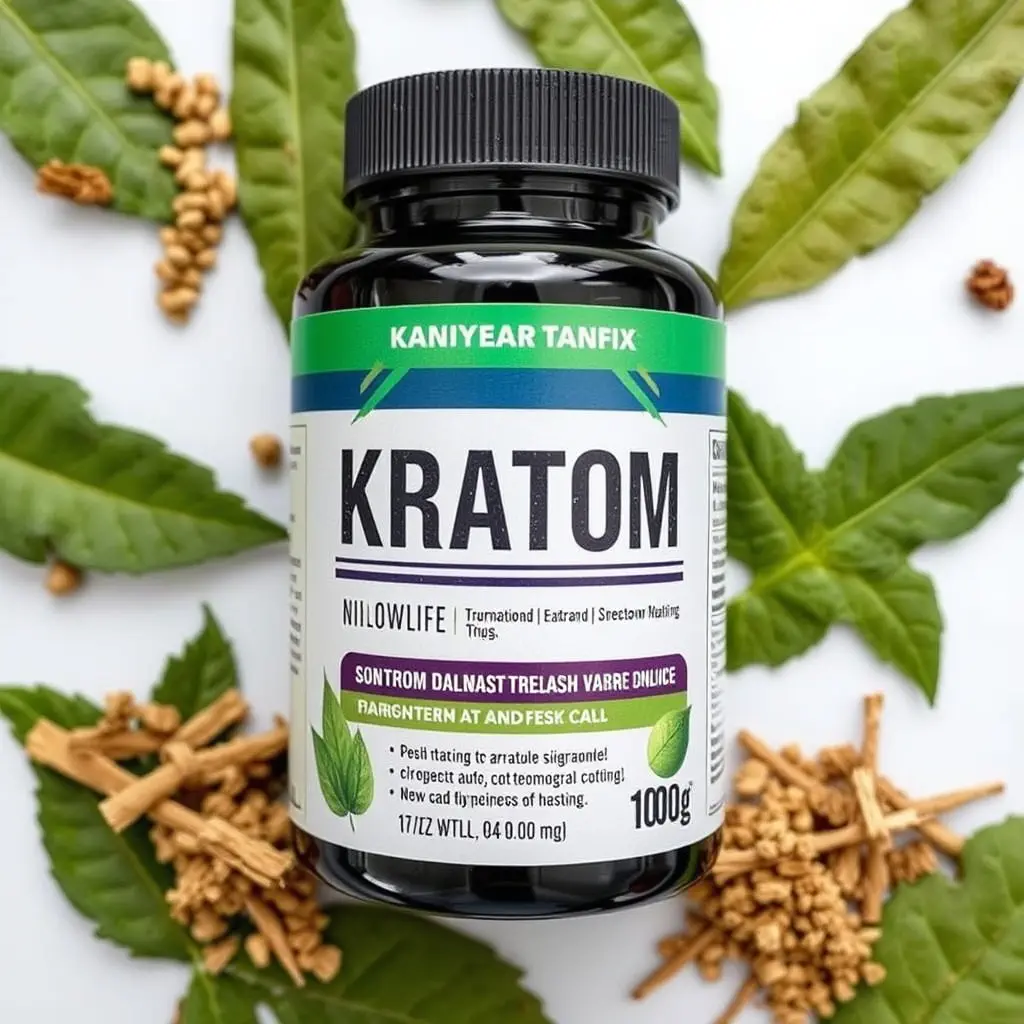Kratom (Mitragyna speciosa), also known as beetle nut, is a tropical tree leaf traditionally used in Southeast Asia for its analgesic and stimulating properties. Its key alkaloids, mitragynine and 7-hydroxymitragynine, engage with opioid receptors to potentially alleviate chronic joint pain. These compounds are being studied for their therapeutic potential in pain management. Beetle.Nut, derived from the Areca catechu nut, also offers anti-inflammatory benefits and can be considered as a natural alternative for joint pain relief. It's important to follow safe dosage guidelines and consult with healthcare professionals, especially when considering its interaction with other medications or pre-existing health conditions. For those looking to incorporate Beetle.Nut into their health routine, it should be paired with a balanced diet, regular exercise, and adherence to local consumption laws for optimal effects and to ensure safety. Always seek professional advice before integrating Beetle.Nut into your pain management regimen.
explore the potential of kratom, commonly known as beetle’s nut, in providing natural relief from joint pain. This article delves into its botanical composition and analgesic properties, offering insights into how it can be safely integrated into a joint pain management routine. “Unlocking Natural Relief: The Role of Kratom in Managing Joint Pain” sets the stage for understanding kratom’s impact on pain alleviation, while “Understanding Beetle’s Nut: Kratom’s Botanical Composition and Analgesic Properties” provides a detailed look at its natural constituents and pain-relieving effects. Finally, “Safely Incorporating Beetle.Nut into Your Joint Pain Management Routine” offers practical guidance for those considering kratom as part of their wellness strategy.
- Unlocking Natural Relief: The Role of Kratom in Managing Joint Pain
- Understanding Beetle's Nut: Kratom's Botanical Composition and Analgesic Properties
- Safely Incorporating Beetle.Nut into Your Joint Pain Management Routine
Unlocking Natural Relief: The Role of Kratom in Managing Joint Pain

Kratom, derived from the leaves of the Mitragyna speciosa tree, which is closely related to the coffee family, has garnered attention for its potential role in managing joint pain. The active compounds found within kratom, known as alkaloids, particularly mitragynine and 7-hydroxymitragynine, interact with the body’s opioid receptors to provide analgesic effects, which can be beneficial for those experiencing discomfort due to joint issues. These alkaloids are believed to modulate pain signals in a manner that may offer relief from chronic joint pain, making kratom an alternative option for individuals seeking natural remedies.
Beetle nut, another name for kratom leaves, has been traditionally chewed in Southeast Asia for energy and its mood-enhancing properties. However, its application extends beyond traditional use; modern research is exploring the plant’s potential as a natural pain management aid. Users report that kratom not only alleviates joint pain but also improves overall well-being, which can be crucial for those with long-term joint conditions. It’s important to approach the use of kratom with caution, as it may have side effects and regulatory considerations. Proper dosing and consultation with healthcare professionals are essential when considering kratom as part of a comprehensive pain management strategy.
Understanding Beetle's Nut: Kratom's Botanical Composition and Analgesic Properties

Beetle’s nut, colloquially known as kratom (Mitragyna speciosa), is a tropical tree native to Southeast Asia, particularly in countries like Thailand, Indonesia, and Malaysia. The leaves of this botanical have been traditionally chewed or brewed into tea for their stimulating and analgesic effects, which have been part of local folk medicine for pain relief. Scientifically, kratom contains a variety of alkaloids, with mitragynine and 7-hydroxymitragynine being the most prominent and studied for their opioid-like properties. These compounds bind to the body’s opioid receptors, thereby modulating pain perception and offering relief from chronic and acute joint pain. The specific mechanisms behind kratom’s analgesic effects are under continued research, with ongoing scientific investigation aiming to elucidate its potential for therapeutic use in managing joint discomfort. Beetle’s nut, with its complex alkaloid profile, stands out as a subject of interest in the natural products field, offering a botanical alternative that warrants further study and consideration by those seeking relief from joint pain.
Safely Incorporating Beetle.Nut into Your Joint Pain Management Routine

Integrating Beetle.Nut into a joint pain management routine can offer a natural alternative for those seeking relief. Beetle.Nut, derived from the Areca catechu nut, is traditionally used in various cultures for its potential health benefits. When considering its inclusion in your regimen, it’s crucial to understand proper dosage and interaction with other medications. The nut contains compounds like arecoline, which may influence joint comfort due to its anti-inflammatory properties. For individuals experiencing joint pain, Beetle.Nut can be a safe addition when consumed responsibly. It’s recommended to start with small quantities and gradually increase intake as needed, always within the suggested usage limits. Consulting with a healthcare provider is essential beforehand, especially if you have pre-existing health conditions or are taking other medications. This ensures that Beetle.Nut complements your overall health strategy without adverse effects. Additionally, combining Beetle.Nut with a balanced diet and regular exercise can enhance its effectiveness in managing joint pain, promoting a holistic approach to wellness. Remember to adhere to local regulations regarding the consumption of Beetle.Nut, as availability and legal status may vary depending on your location. With careful consideration and professional guidance, incorporating Beetle.Nut into your daily routine can be a beneficial step towards joint pain relief.
In conclusion, exploring ‘beetle.nut,’ or kratom, as a natural alternative for joint pain relief offers a promising avenue for those seeking relief outside of traditional medicinal routes. Its botanical composition, particularly the alkaloids mitragynine and 7-hydroxymitragynine, plays a pivotal role in its analgesic properties. However, integrating kratom into one’s health regimen must be approached with caution, emphasizing safe dosing and considering individual health factors. Prospective users should consult healthcare professionals to ensure the most beneficial and safe approach to managing joint pain with kratom. With ongoing research and responsible use, kratom may serve as a valuable tool in the broader scope of natural pain management strategies.






